The Ministry of Human Resource Development has recently released additional set of guidelines mandating schools to set up a School Nutrition (Kitchen) Garden. Here is an explainer on what this initiative is all about, what does it try to achieve etc.
The Mid-Day Meal Scheme (MDMS), is a flag ship scheme of Government of India’s Ministry of Human Resource Development (MHRD) which aims at not only increasing the school attendance but more importantly improve the nutritional levels among the children. Since its inception as a centrally sponsored scheme in 1995, there were multiple changes and additions made to improve on the effectiveness of the scheme.
[orc]One such initiative, which was implemented in a few states is the concept of ‘School Nutrition (Kitchen) Gardens’. The idea behind this is for the schools to maintain a garden and grow plants that would supplement the nutritional requirement of the food being served as part of MDMS.
The MHRD has released a set of guidelines recently with respect to School Nutrition Gardens. The Ministry has further released additional set of guidelines on 15 October2019 to assist schools in States/UTs in setting up these Nutrition Kitchen Gardens.
In this explainer story, we look into how MHRD plans to utilize the concept of Nutrition Gardens in schools to achieve multiple purposes, and the plans to ensure larger community participation.
School Nutrition Gardens to have multiple purposes
The initial idea of School Nutrition Gardens (SNG) was to be an integral part of providing nutrition to children by supplementing freshly grown vegetables to be served in Mid-day meals. MHRD, has conceptualized to build upon this and expand the scope of SNGs. The guidelines document released by MHRD, highlights three objectives for developing these nutrition gardens in the schools.
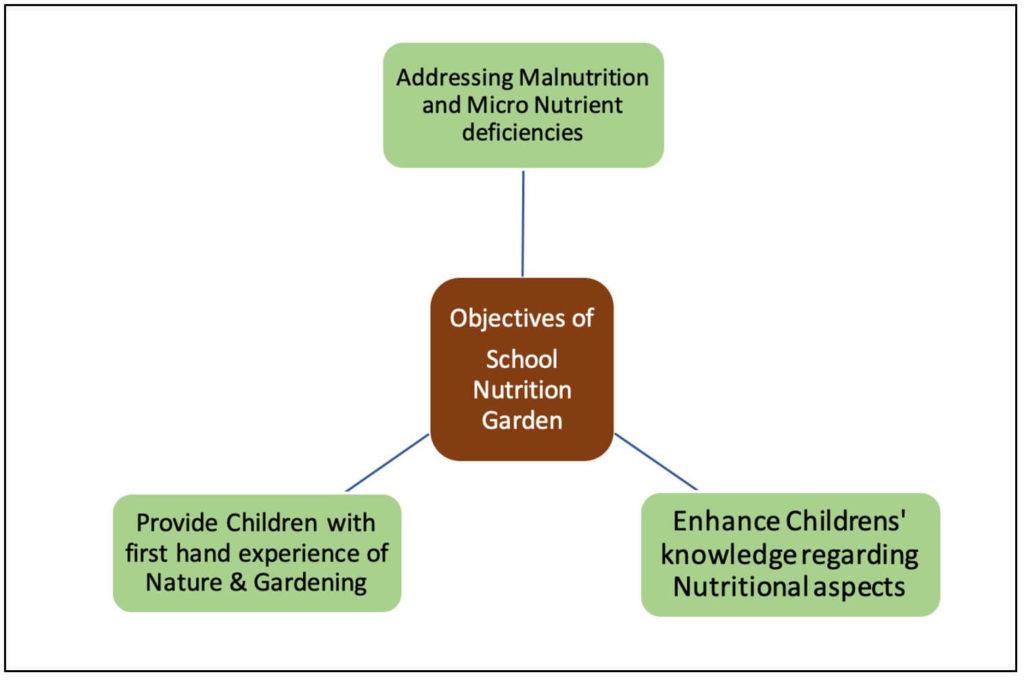
Hence, apart from being a source of nutrition, this initiative is envisioned to be a platform to aid children’s learning. The scope of learning is multi-fold. From a practical perspective, the child can develop gardening skills and other skills associated with the activity.
This also creates a scope to engage in discussion and learning about the following.
- Nutritional value of the vegetables
- Names of different vegetables
- Different concepts like – colour, shape, size, texture etc.
- Importance of nutritional food and harmful effects of junk food etc.
The guidelines document enlists various benefits (practical & educational) of having School nutrition gardens.
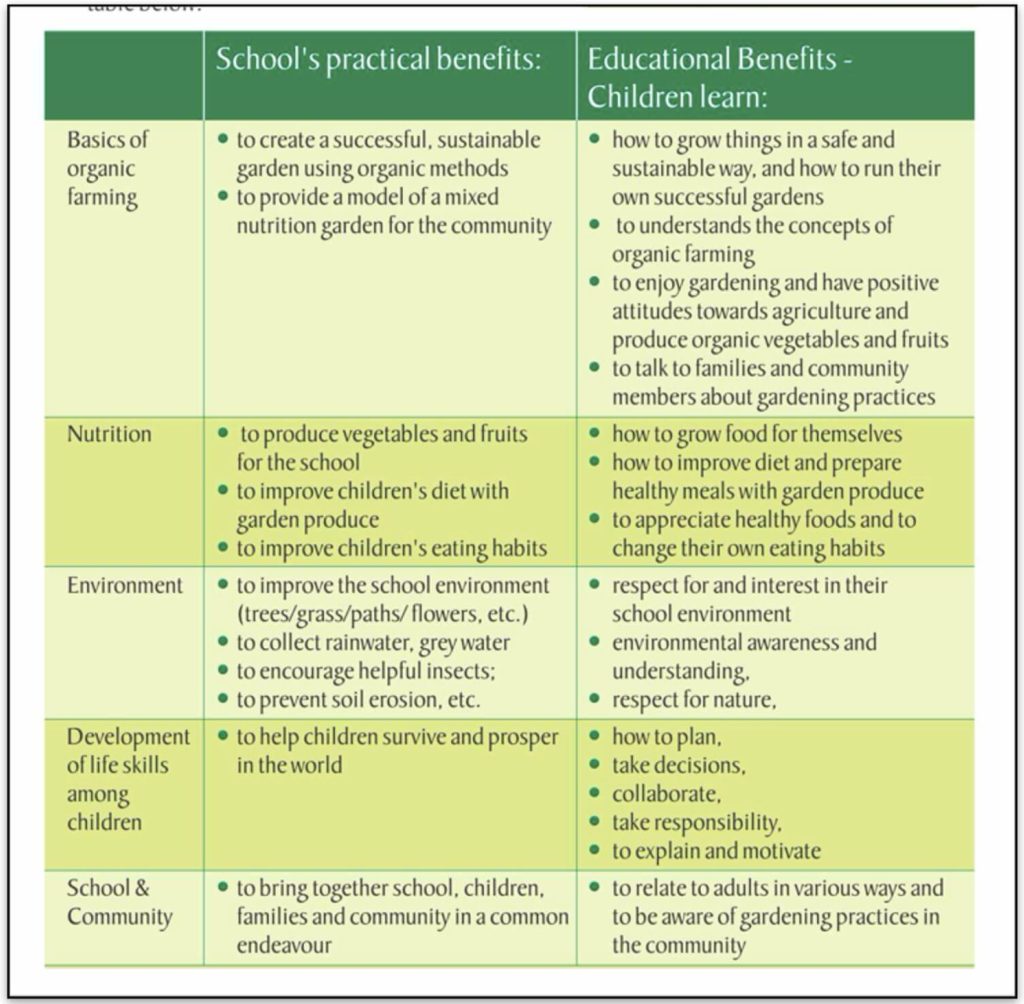
Setting up and maintenance of School Nutrition Gardens
The specifications for setting up and maintaining a kitchen garden are basic and do not need much investment. This is to ensure that maximum number of schools can take part in this initiative.
Space
There are no specific space requirements to set up a garden in school. A plot with minimal dimensions (1m X 2m) can be used for growing sample plantation. Depending on the availability of space, the respective school authority can decide on the place which can be allotted for the kitchen garden.
Hence, schools in both rural and urban locations can develop their own kitchen garden. In places where there is a serious shortage of land, roof top gardens or alternatives like wall climbers can be opted for.
Availability of water and being shade free are few of the pre-requisites before finalizing the land for garden.
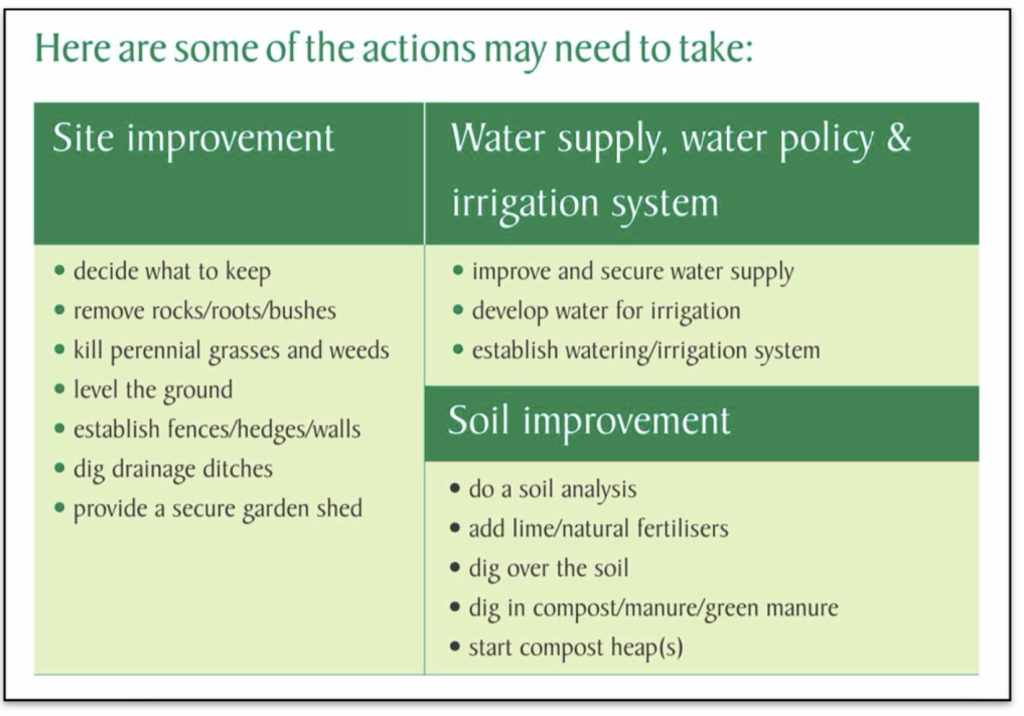
Funding
For funding of the School Nutrition Garden, an amount of Rs. 5,000 can be used from ‘Flexi fund component for Innovative Interventions’ under the MDMS. This amount can be used for purchasing seeds, compost, equipment etc.
District Magistrate would be heading the district level committee which is empowered to implement the scheme. The committee would determine the prioritization and allocation of funds with an average of Rs. 5000 per School Nutrition Garden.
Agriculture/horticulture department can be approached to procure seeds/saplings. Any of the activities like – levelling of the land, building the boundary wall etc. can be done through the works under ‘Mahatma Gandhi National Rural Employment Guarantee act’ (MGNREGA).

Maintenance and Monitoring
Sense of ownership by school children is an important aspect of maintaining School Nutrition Garden. Schools can form Eco clubs or School Garden Clubs comprising of enthusiastic students. The principal/head teacher can lead the club. Schools can seek support from interested members from community and from experts who can assist the children.
If there is enough space, each class can have a separate garden with the class being responsible for the maintenance of the garden. The school can from groups with each group being assigned a garden plot to take care.
Different responsibilities can be rotated among the groups, to ensure that the whole school is involved with the maintenance of the garden. While the school can be open to the involvement of others, care ought to be exercised that students learn from this experience.
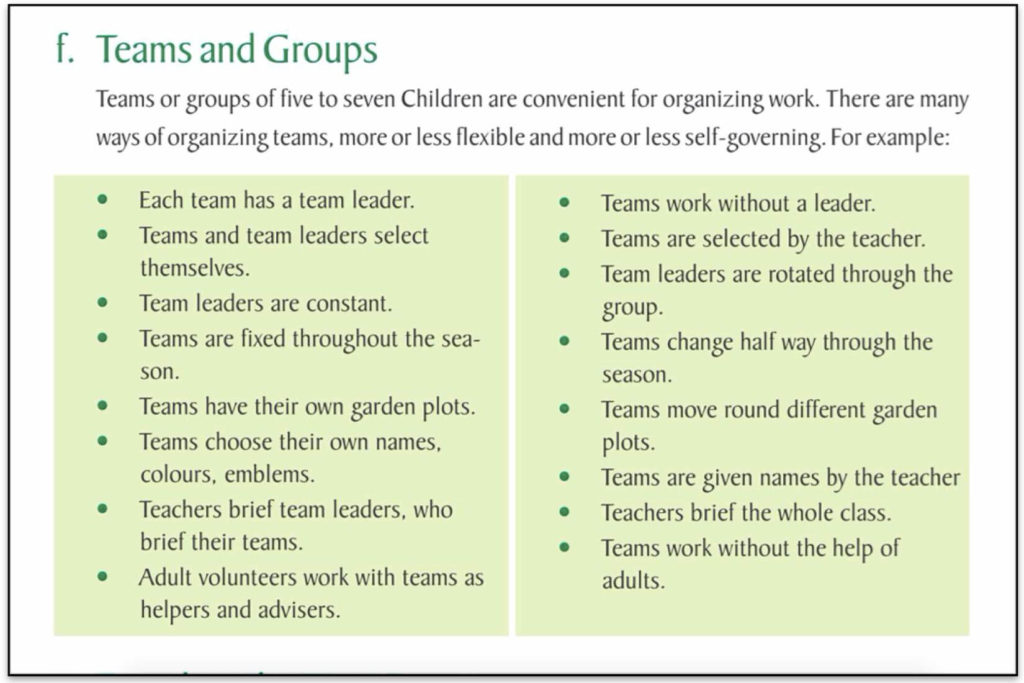
Schools are encouraged to upload relevant photos on MDMS portal on quarterly basis and also share information about any best practices and progress with the stake holders. Students can be taught to maintain records, taking stock etc. which would provide them with practical skills.
Allocating time & undertaking activities
MHRD recommends around 2 hours to be spent in a week for this activity. An hour can be designated as garden time, wherein the students can spend in the garden with the activities. Another hour in the week is advised to be class time, where in the teacher and students can involve in lesson time. The activities in the class could include – organizing work, setting up activities, observations, documentation etc.
School also need to come up with a calendar which includes details like – season, timings for different activities, planting, harvest etc. The school can plan for planting various vegetables as per – season, availability and requirement.
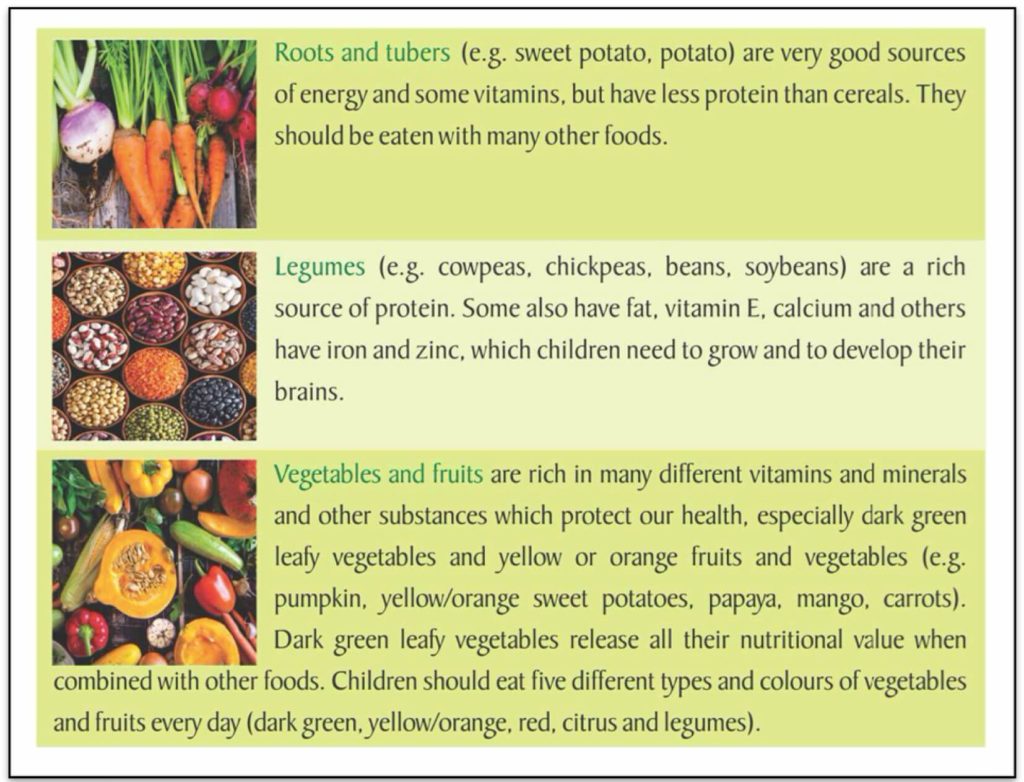
Enlisting inter-departmental and outside support
There are 706 Krishi Vigyan Kendras (KVKs) across the country, which work under Indian Council of Agricultural Research (ICAR) and are under the jurisdiction of Agricultural Technology Application Research Institutes (ATARI). These KVKs function as knowledge and resource centers for agricultural technology at district level. Schools can have scientists from KVKs to provide knowledge and technical assistance in setting & maintenance of School Nutrition Gardens.
Parents and families of the school children can be involved in the initiative. They can volunteer for assistance in developing the garden. Furthermore, in cases where there is not enough space at the school, parents’ permission can be sought for children to develop a garden at their home.
Schools can seek support from NGOs, Charities, Religious trusts, corporates etc. in form of knowledge transfer, kind and monetary benefits to create and develop these gardens.
Simple initiative which can be expanded across all the schools
So far 8 states have reported data in respect to this initiative with Assam having the highest number of schools with this initiative as of March 2018.

While the concept of Kitchen Gardens is not a new initiative and being followed by schools in many parts, MHRD has come up with these new set of guidelines to promote it at a bigger scale. Through this initiative, MHRD looks at promoting the idea that a School Nutrition Garden can be set up without requiring a large area and to promote innovative ways of working around the challenges in developing a School Nutrition Garden.
Schools have the opportunity to develop innovative ways of making the optimum utilization of the resources and by engaging various partners. The most important target in this new version to develop skill in children as well as to use this as a platform to imbibe knowledge on various aspects.



1 Comment
Pingback: Explainer: What are School Nutrition (Kitchen) Gardens being proposed by the Government? - Fact Checking Tools | Factbase.us